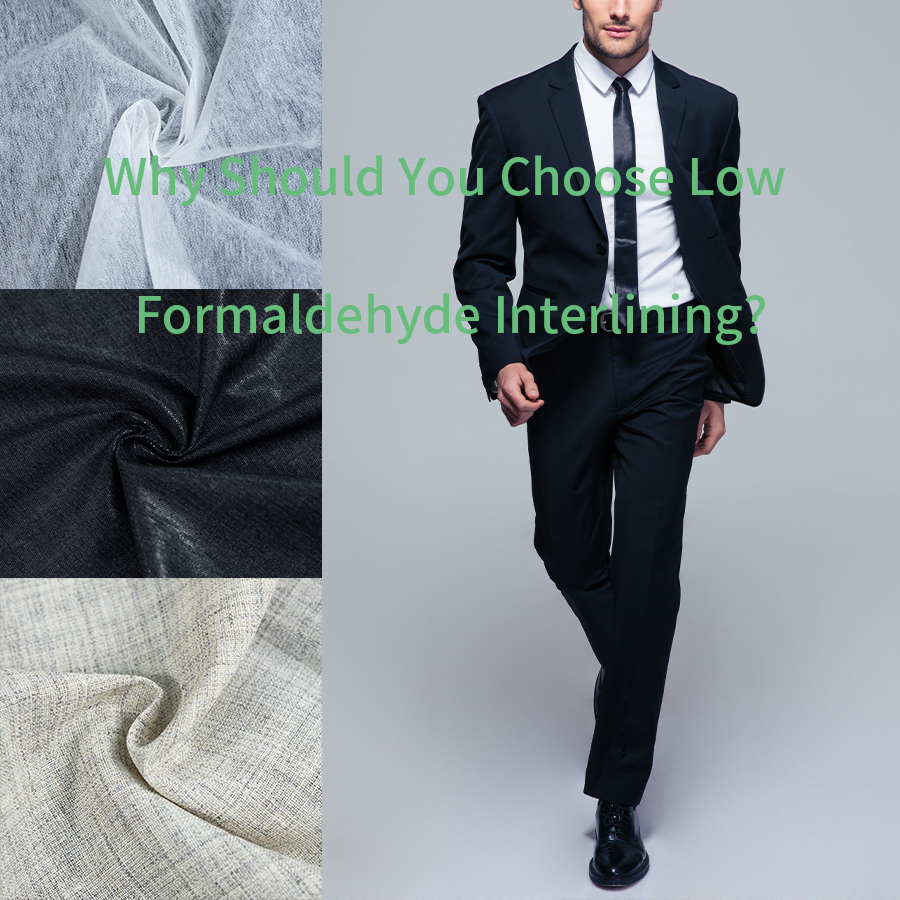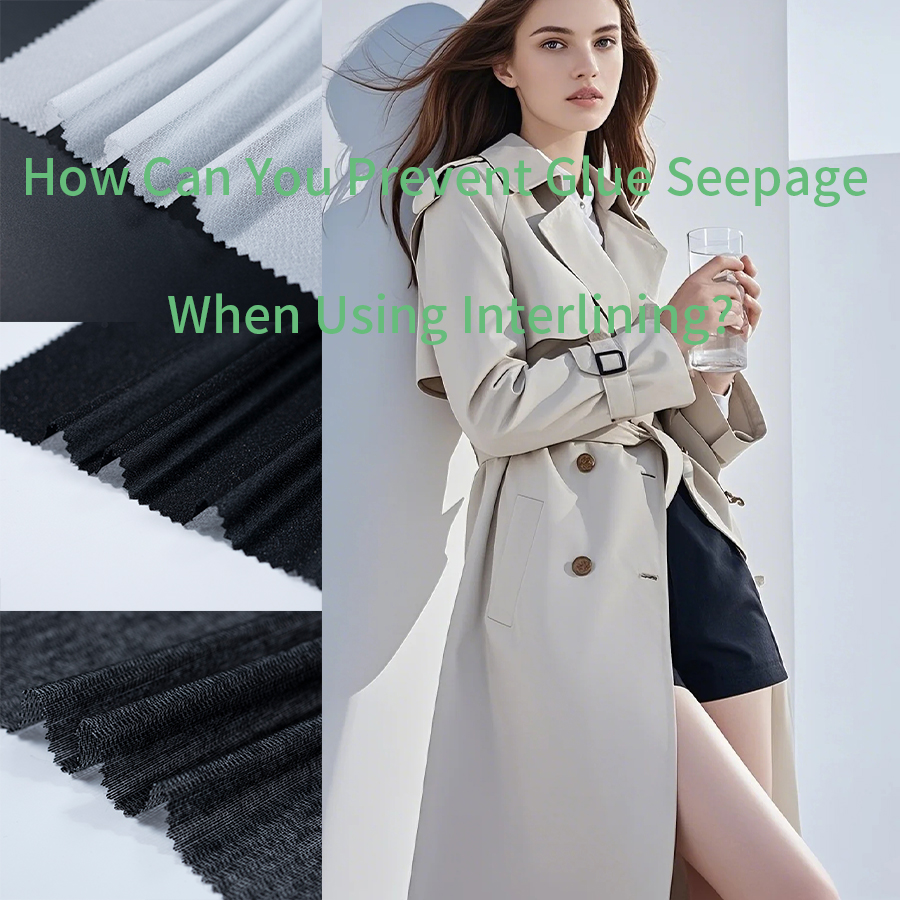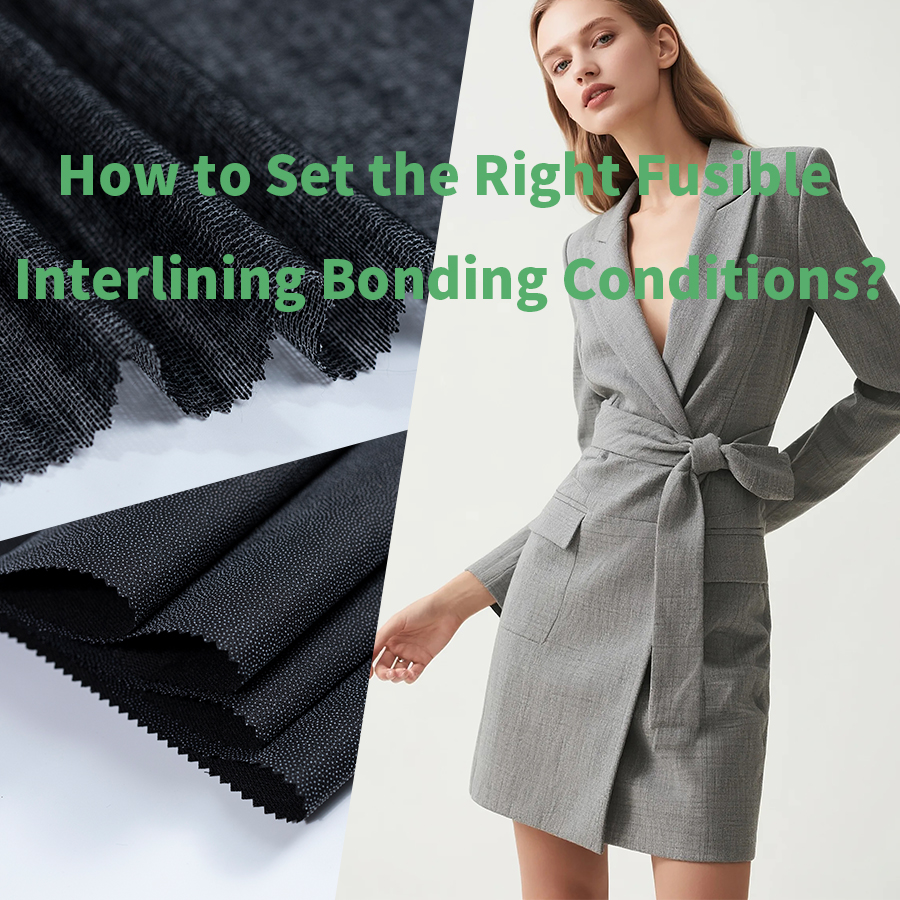Why Should You Choose Low Formaldehyde Interlining?

Abstract
This article explains what low formaldehyde interlining is, why it matters for garment safety and quality, and how manufacturers and consumers benefit from using it.
What Is Low Formaldehyde Interlining?
Formaldehyde is commonly found in textile finishing and adhesive treatments used in fabrics and interlinings. While it improves durability and wrinkle resistance, excessive formaldehyde can be harmful to human health.
Low formaldehyde interlining uses modified resins or adhesives designed to reduce formaldehyde emission to safer levels, making garments more comfortable and eco-friendly without compromising performance.
Why Should Manufacturers Use Low Formaldehyde Interlining?
Brings several advantages both for textile producers and garment consumers.
-
Health and Safety Assurance
Interlinings with low formaldehyde help prevent allergic reactions, skin irritation, and respiratory discomfort, especially for sensitive users and children. -
Regulatory Compliance
Many countries now impose strict limits on formaldehyde levels in textiles. Choosing low formaldehyde interlining ensures garments meet international standards such as OEKO-TEX® and REACH. -
Improved Product Value
Garments labeled “low formaldehyde” or “eco-friendly” appeal more to consumers concerned about safety and sustainability. -
Enhanced Comfort and Freshness
Fabrics fused with low formaldehyde interlining have a cleaner feel and no chemical odor, improving wearing comfort.
What Are the Drawbacks of Regular Formaldehyde Interlining?
Despite being widely used in older production methods, high-formaldehyde interlining has several disadvantages:
-
Potential Health Risks: Prolonged exposure may cause allergies or irritation.
-
Odor Issues: Garments may carry a noticeable chemical smell.
-
Compliance Problems: Many export markets reject products exceeding formaldehyde limits.
-
Environmental Impact: Formaldehyde contributes to volatile organic compound emissions.
How Does Low Formaldehyde Interlining Perform?
Modern low-formaldehyde interlinings are engineered to maintain the same strength, adhesion, and shape retention as traditional types. Manufacturers achieve this using advanced adhesive formulations that reduce or eliminate harmful chemicals while preserving functionality.
Tests show that low-formaldehyde versions can achieve similar peel strength, washing durability, and fusing stability when bonded under correct temperature and pressure conditions.
What Fabrics Benefit Most from Low Formaldehyde Interlining?
-
Children’s Clothing: Skin-friendly and safe for prolonged contact.
-
Shirts and Blouses: Offers comfort and crispness without odor.
-
Uniforms and Workwear: Reduces exposure risk for daily wearers.
-
Eco-Friendly Garments: Ideal for sustainable fashion brands focused on health and safety.
How Can Manufacturers Ensure Low Formaldehyde Quality?
-
Source Certified Materials
Always buy interlining from suppliers that provide formaldehyde test reports or certifications. -
Monitor Production Parameters
Control bonding temperature and dwell time to prevent chemical decomposition. -
Regular Quality Testing
Conduct laboratory tests for formaldehyde release, wash fastness, and adhesive stability. -
Maintain Storage Conditions
Keep interlining in dry, ventilated areas away from moisture and direct heat to preserve chemical stability.
FAQ (Frequently Asked Questions)
Q1: What level qualifies as “low formaldehyde”?
A: Typically, textiles under 75–100 ppm or certified by OEKO-TEX® Standard 100 are considered low formaldehyde.
Q2: Does low formaldehyde interlining affect bonding strength?
A: Not if correct fusing conditions are used. Modern adhesives maintain excellent peel strength and durability.
Q3: How can brands confirm compliance?
A: Request supplier certification and third-party test results before bulk purchasing.
Q4: Is low formaldehyde interlining more expensive?
A: Slightly, due to eco-friendly processing, but it adds significant brand and safety value.
Q5: Can low formaldehyde interlining be used in all fabrics?
A: Yes, with proper adhesive selection and bonding settings suited to fabric type and temperature tolerance.
Why Choose Shanghai Uneed Textile Co., Ltd.
At Shanghai Uneed Textile Co., Ltd., we are dedicated to producing interlining that meets global safety standards while ensuring superior garment performance.
-
Eco-Safe Materials: Our interlinings meet OEKO-TEX® and REACH low formaldehyde requirements.
-
Reliable Quality Control: Every batch undergoes adhesive, washing, and emission tests.
-
Advanced Production Technology: We use precision coating and fusing processes for consistent results.
-
Technical Guidance: Our team assists customers with fabric selection and bonding condition adjustments.
-
Global Export Expertise: With extensive experience in textile trade, we deliver trusted solutions worldwide.
Choose Uneed Textile for sustainable, safe, and professional interlining support.
continue reading
Related Posts
This article explains why glue seepage happens during fusible interlining bonding and offers practical solutions to prevent it through proper heat, pressure, and material selection.
Discover the benefits of using low formaldehyde interlining for safer, eco-friendly garments that meet international standards. Ideal for comfort, health, and quality.
This article explains how to set temperature, pressure, and time for fusible interlining bonding to ensure strong adhesion and smooth garment results.



.png)